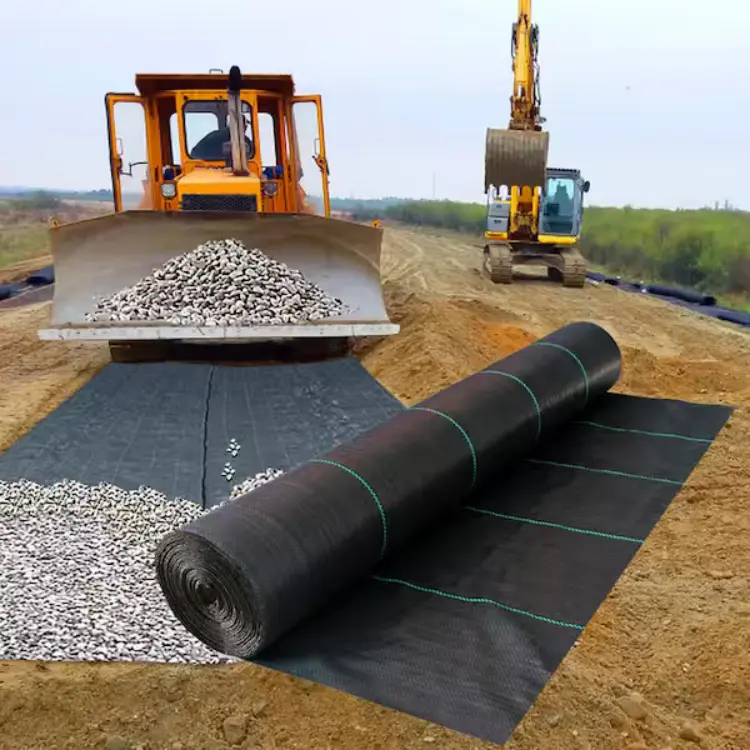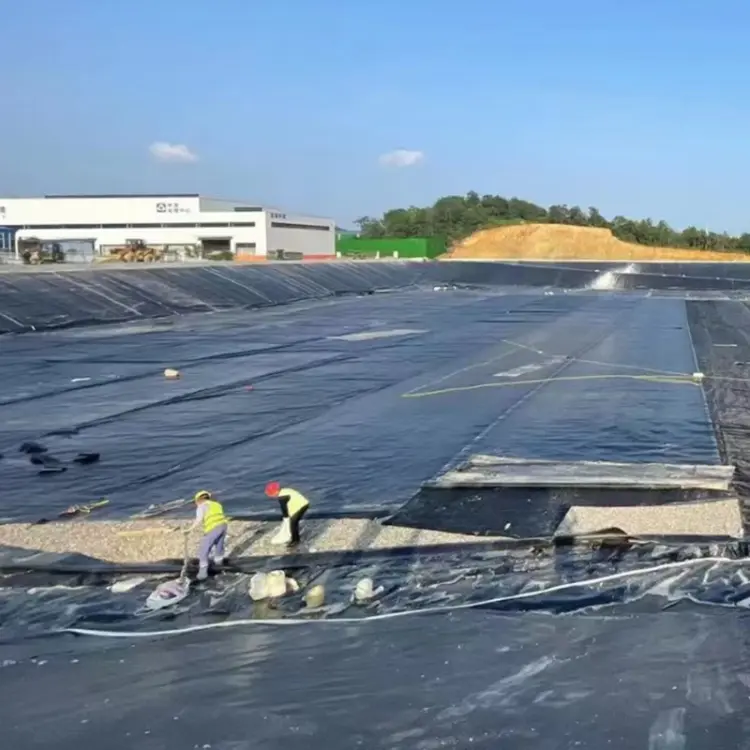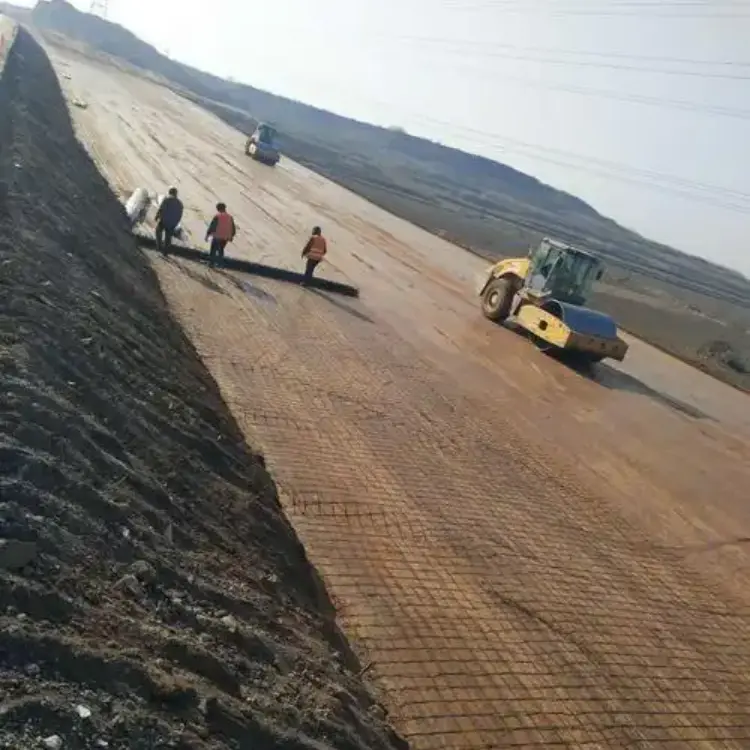Project Overview
A 20-km highway expansion project in a sandstorm-prone area (design speed: 120 km/h, subgrade width: 26m) employed HDPE/PP copolymer geocells to address complex geological challenges.
Technical Advantages
- 3D Load Distribution: Enhances bearing capacity via honeycomb structure (ASTM D7864)
- Durability: 50+ year service life (GRI-GG8) with UV/chemical resistance
- Eco-Friendly: 100% recyclable (ISO 14021 compliant)
- Installation Efficiency: 40% faster than conventional methods

Construction Protocol
StepTechnical SpecificationSubgrade PrepCompacted to 95% MDD (ASTM D1557)Geocell DeploymentMechanically stretched to 120% initial heightAnchoringGalvanized steel anchors @ 1m spacingInfill MaterialCrushed stone (≤25mm), 1.2× cell heightCompaction8-ton roller, 4 passes (≥93% compaction)RevegetationHydroseeding with native drought-resistant grass
Performance Outcomes
✅ Structural Stability
- 68% reduction in subgrade settlement
- Withstands 25m/s wind speeds (no particle migration)
✅ Economic & Ecological Benefits
- 30% cost savings vs. concrete reinforcement
- 85% vegetation coverage in 3 months
Geocell Market Trends (2025-2032)
ParameterValueGrowth DriverGlobal Market$1.2B (2025) → $2.4B (2032)Infrastructure stimulusCAGR7.8%Mining rehabilitation demandChina Dominance45% market shareBelt & Road projects
Innovation Frontiers
🔬 Material Science:
- Graphene-enhanced geocells (tensile strength ↑35%)
- Self-healing polymers (microcapsule technology)
🌱 Sustainability:
- Bio-based PLA geocells (ASTM D6400 compostable)
⚙️ Digital Integration:
- IoT-enabled stress monitoring nodes
- Autonomous drone deployment systems
Industry Projection: Geocells will capture 32% of the $7.8B geosynthetics market by 2030 (Global Market Insights, 2024).


